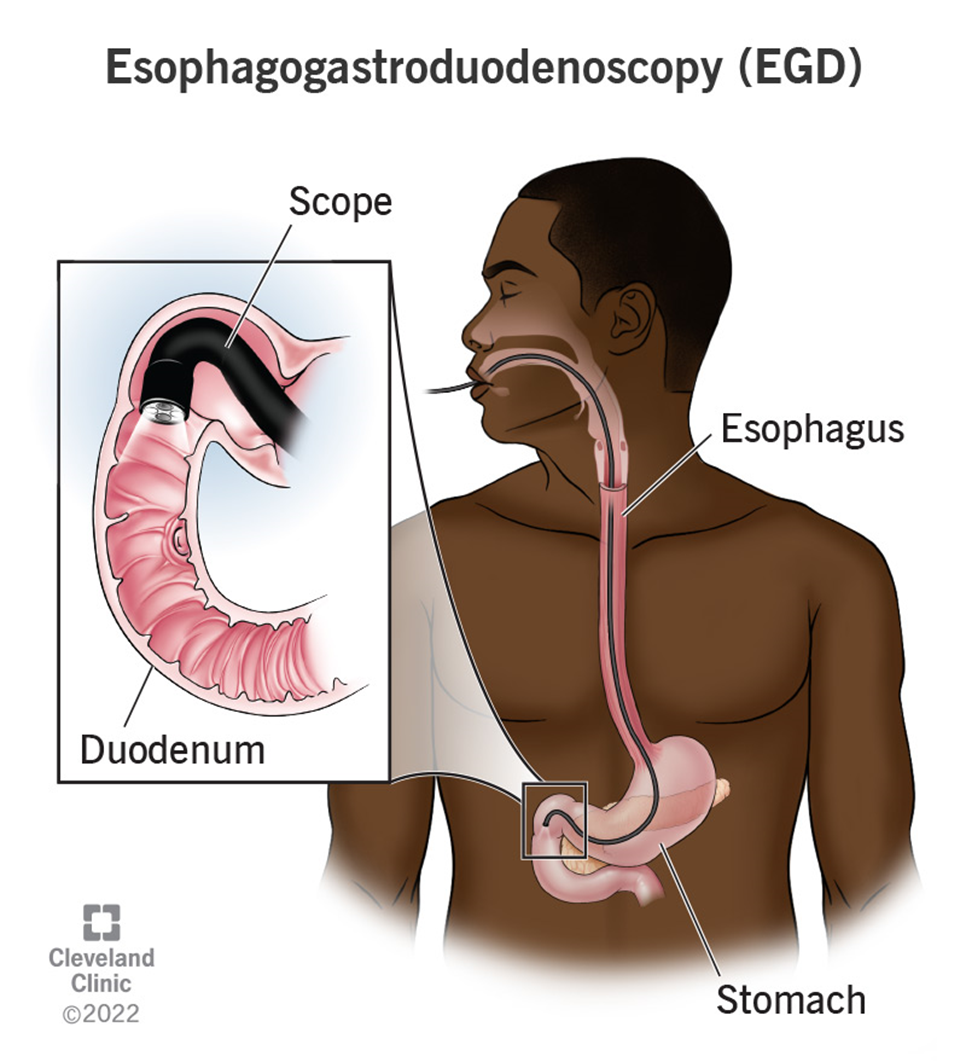A client is on intravenous heparin to treat DVT in the right leg. The client’s most recent partial thromboplastin time (PTT) was 25 seconds. What order would the nurse anticipate?
No change to the heparin rate
Decrease the heparin rate
Stop heparin and start warfarin
Increase the heparin rate
The Correct Answer is D
Choice A reason: No change to the heparin rate is not appropriate in this scenario. The normal range for PTT is generally between 25 to 35 seconds. However, for a client on heparin therapy, the target PTT is typically 1.5 to 2.5 times the normal range, which would be approximately 60 to 80 seconds. Since the client’s PTT is only 25 seconds, it indicates that the blood is clotting too quickly, and the heparin dose is insufficient.
Choice B reason: Decreasing the heparin rate would further reduce the anticoagulant effect, which is not advisable given the current PTT of 25 seconds. Lowering the heparin rate could increase the risk of thrombus formation and worsen the deep vein thrombosis (DVT) condition.
Choice C reason: Stopping heparin and starting warfarin is not an immediate solution. Warfarin takes several days to achieve its full anticoagulant effect, and during this transition period, the client would be at risk of clot formation. Heparin provides immediate anticoagulation, which is crucial in the acute management of DVT.
Choice D reason: Increasing the heparin rate is the correct action. The current PTT of 25 seconds is below the therapeutic range for a client on heparin therapy. Increasing the heparin rate will help achieve the desired anticoagulant effect, prolonging the PTT to the target range of 60 to 80 seconds.

Nursing Test Bank
Naxlex Comprehensive Predictor Exams
Related Questions
Correct Answer is A
Explanation
Choice A reason:
Hypotension (low blood pressure), tachycardia (rapid heart rate), and lethargy are critical symptoms that can indicate a life-threatening condition such as shock or severe dehydration. Hypotension can lead to inadequate perfusion of vital organs, resulting in multi-organ failure if not promptly addressed1. Tachycardia is often a compensatory mechanism for hypotension, and lethargy indicates decreased cerebral perfusion. Immediate intervention is required to stabilize the patient’s condition and prevent further deterioration.
Choice B reason:
Dizziness with a headache rated 7/10 on the numeric scale is concerning but not immediately life-threatening. These symptoms could indicate a variety of conditions, such as migraine, vertigo, or even a mild concussion. While the patient should be assessed and treated, they do not present the same immediate risk as hypotension and tachycardia.
Choice C reason:
Abdominal pain, hypertension (high blood pressure), and constipation are symptoms that need medical attention but are not immediately life-threatening. Hypertension can lead to serious complications if left untreated, but it does not require the same urgent intervention as hypotension. Abdominal pain and constipation, while uncomfortable and potentially indicative of underlying issues, do not pose an immediate threat to life.
Choice D reason:
Febrile (fever), tachycardia, and vomiting are symptoms that suggest an infection or other acute illness. While these symptoms are concerning and need prompt evaluation, they do not pose the same immediate risk as hypotension and tachycardia. Fever and vomiting can lead to dehydration, but this typically develops over a longer period compared to the rapid deterioration seen with hypotension.
Correct Answer is D
Explanation
Choice A: Periodic Nystagmus
Nystagmus, which is characterized by involuntary eye movements, can be a symptom of various neurological conditions, including bacterial meningitis. However, it is not typically an immediate concern compared to other symptoms. Nystagmus indicates potential issues with the brainstem or cerebellum, but it does not directly threaten the patient’s life or indicate a rapid deterioration in condition. Therefore, while it is important to monitor, it is not the most urgent finding.
Choice B: Severe Unrelenting Headaches
Severe headaches are a common symptom of bacterial meningitis due to the inflammation of the meninges. While they are extremely painful and distressing for the patient, they are not as immediately life-threatening as a decreased level of consciousness. Headaches indicate increased intracranial pressure, which is serious, but the priority is to address symptoms that indicate a more rapid decline in neurological function.
Choice C: Photophobia During the Day
Photophobia, or sensitivity to light, is another common symptom of meningitis. It results from the irritation of the meninges and is often accompanied by headaches. While photophobia can be very uncomfortable and indicative of meningitis, it is not an immediate concern compared to a decreased level of consciousness. Photophobia does not directly indicate a life-threatening situation.
Choice D: Decreased Level of Consciousness
A decreased level of consciousness is the most immediate concern for a nurse caring for a patient with bacterial meningitis. This symptom indicates a significant and potentially rapid decline in the patient’s neurological status. It can be a sign of increased intracranial pressure, brain swelling, or other severe complications. Immediate medical intervention is required to prevent further deterioration and potential fatality. Monitoring and addressing changes in consciousness are critical in managing bacterial meningitis effectively.
Whether you are a student looking to ace your exams or a practicing nurse seeking to enhance your expertise , our nursing education contents will empower you with the confidence and competence to make a difference in the lives of patients and become a respected leader in the healthcare field.
Visit Naxlex, invest in your future and unlock endless possibilities with our unparalleled nursing education contents today
Report Wrong Answer on the Current Question
Do you disagree with the answer? If yes, what is your expected answer? Explain.
Kindly be descriptive with the issue you are facing.
